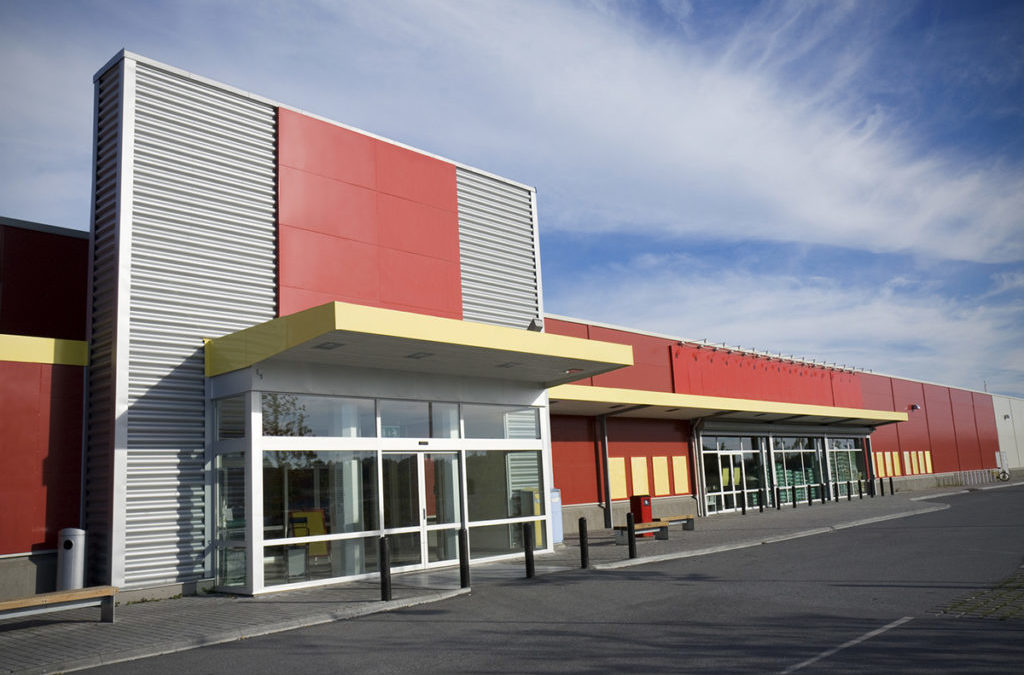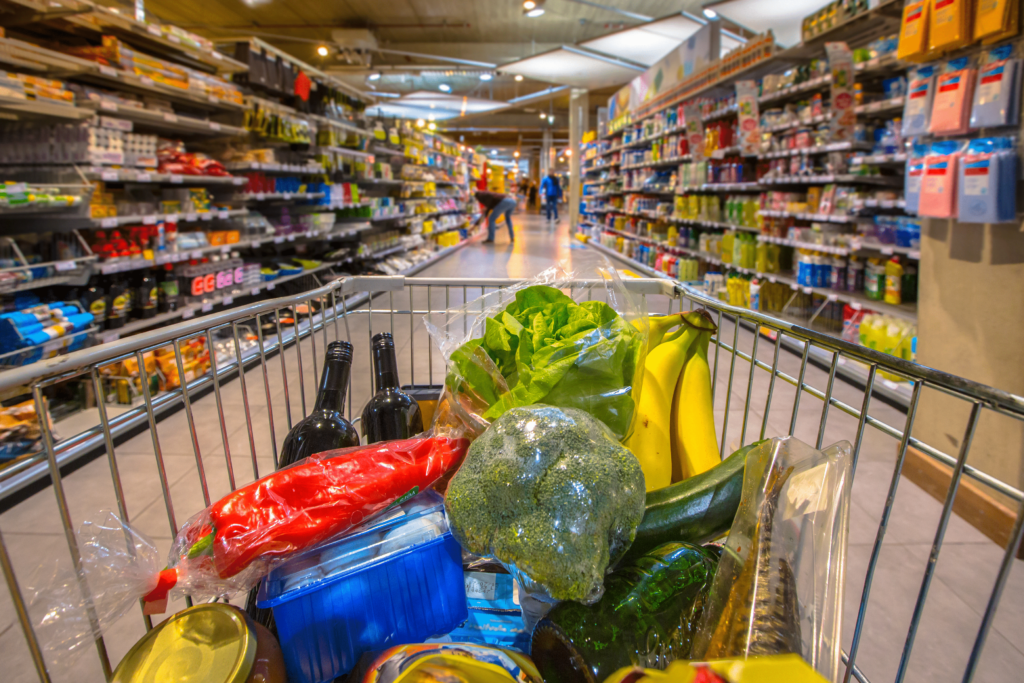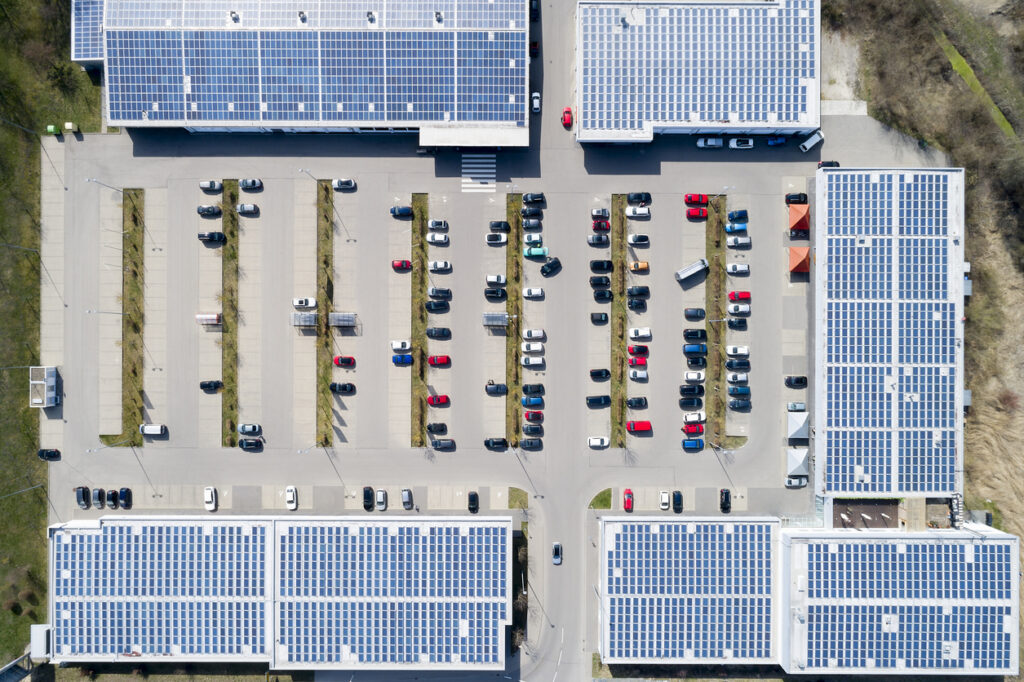Site Selection Best Practices Q&A: The Importance of Site and Situational Characteristics

In the latest Intalytics’ series about site selection best practices, our team discusses the factors that go into site selection and their importance to the real estate process. In our second article of the series, industry experts Dave Huntoon and Bob Buckner discuss the importance of site and situational characteristics in the site selection process and their value in building predictive models.
First off, how do you define site characteristics?
Dave Huntoon: There are three primary considerations in assessing the viability of a proposed retail, restaurant, or service provider location: the underlying demand for the product or service, the existing supply of competitive operators who are serving that demand, and the quality of the specific site location. Site characteristics refer to the last of these considerations – given the physical characteristics associated with a particular location, how effectively will it be able to tap into the underlying demand?
Some of the specific factors included in site characteristics are:
- Visibility
- Signage (what kind, how visible)
- Parking (how easy is it to park, how much parking)
- Ingress/Egress
- Type of location (e.g. shopping center, power center, freestanding, mall, etc.)
Bob Buckner: To expand on Dave’s point, in addition to the physical attributes of a site, its situation or positioning vis a vis complimentary retailers/restaurants/service provider, other traffic generators, and pockets of potential customers should be considered. These are commonly referred to as situational characteristics and include factors such as co-tenancy, proximity to regional hubs, access to Interstates and highways, proximity to worker and “daytime” population concentrations, traffic counts/flow, and the “going home versus going to work” side of the road.
Co-tenants are among the most important situational characteristics; generally a retailers should seek locations in a retail node that attracts “like” types of consumers thereby enabling your site to capitalize on the synergy created by other proximate retailers. The same would be true of restaurants. High-end, white tablecloth restaurants will typically avoid a development that is anchored by a discount retailer or whose food service tenants are predominantly QSR-centric.
Does the level of importance for site and situational characteristics vary by operator type?
DH: The importance does vary considerably by category. For some operators such as gas stations, quick service restaurants (QSRs), coffee shops, and convenience stores, site and situational characteristics are very important. For example, with gas stations, the corner on which they are positioned makes a difference for the consumer. As a rule, the more frequently you patronize the operator, the more important site characteristics are.
Conversely, if a retailer is a destination retailer such as IKEA, Costco, or Sam’s Club, the fact that it might take consumers an extra 30 seconds to cut across traffic to get into their parking lot is not that big of a deal. Proximity to regional accessibility rather than what corner they are located on is far more important for more destination-oriented concepts.
For dental and other health care practices, site and situational characteristics can matter even less. Admittedly, a good site can help accelerate the acceptance of a greenfield health care practice in a new market. However, for an established practice, the site and situational characteristics associated with the office location is negligible. My dentist’s office is in an old house in a residential neighborhood and I could care less; I utilize her services because I trust her abilities as a dentist. The more important the personal relationship is, the less important site and situational characteristics become.
BB: While site and situational characteristics generally matter most for convenience-based retailers, they do matter for all brick-and-mortar locations, even some destination-oriented retailers – it’s just a matter of degree.
For example, in the early days of our relationship with Home Depot, site characteristics didn’t seem to matter much at all because of its unique and strongly destination-oriented concept. Such retailers are able to take significantly compromised locations such sites in predominantly industrial areas. However, the moment a competitor “clones” the concept, site characteristics suddenly start to matter a lot. When large format Lowe’s units came into these areas with a more desirable location, site and situational characteristics became a much more significant consideration with respect to the selection of future sites.
For QSR and fast casual restaurants, daytime population is an example of a situational characteristic that matters a lot. Even though there might not be a lot of residents in a QSR trade area, the QSR can thrive because of the thousands of in-profile consumers working in the 100,000 sq ft office buildings in the area. Many QSRs depend almost exclusively on proximity to employment centers and/or drive-by traffic as in the case of freeway locations.
How do site and situational characteristics play into building a revenue forecasting model?
BB: You cannot accurately evaluate the revenue potential of a site prospect without incorporating the influence of its site and situational characteristics. Just like you can’t evaluate the validity of a site without understanding the demographic make-up of trade area or the intensity of competition.
This is what makes predictive analytics truly a challenge – how to simultaneously solve for multiple interdependent factors which collectively contribute to the site’s ultimate performance. The following factors have, with few exceptions had at least some influence in driving the potential for most clients we serve:
- What is the geographic extent of the trade area each site will serve and what is the revenue potential implicit in the composition of trade area consumers?
- What is the quality of the site and situational characteristics unique to each location under consideration and does it inhibit or enable me to capture my fair share of those dollars?
- How intense is the competitive environment and just as importantly, how are these competitors distributed throughout the trade area?
Attempting to forecast the performance of a future location without simultaneously addressing at least these important drivers of performance will result in an inaccurate forecast.
DH: When Intalytics builds a forecasting model, most of the data we work with can be compiled in a nice, digital format on a site-by-site basis. Demographic and psychographic data are available at the census block group and household level. Store sales can be provided on a monthly or weekly basis. Competition data pulled can be pulled by lat/long coordinates. Many retailers have access to detailed customer data and transaction data. Because this data is available in a comprehensive and digitized format, it readily lends itself to analytics.
However, this is not the case for site and situational characteristics. There is no national database of store site characteristics that can be licensed – the data has to be collected. It’s time consuming and difficult to collect. Site characteristics also include a mix of objective (“what is the speed limit in front of the store”) and subjective (“how visible is the store to passing motorists”) data. Because of these difficulties, some analytics companies simply elect to ignore their influence when developing forecasting models. In our opinion, the inherent difficulties associated with collecting site characteristics data are irrelevant. If site characteristics have an impact on sales performance, they need to be considered.
BB: I agree completely. Anyone who has ever been involved in the site selection process intuitively recognizes how strongly site and situational characteristics can influence performance, regardless of the sales potential and competitive environment inherent in the site’s trade area. Simply not accounting for the impact these characteristics have on projected performance because they are difficult to quantify should not be an option. Those that do significantly increase the risk of a disappointing performer.
Interested in learning more about Intalytics’ approach to site selection and letting data drive location decisions? Reach out to our team today to start the conversation.
Related News
Carousel items












